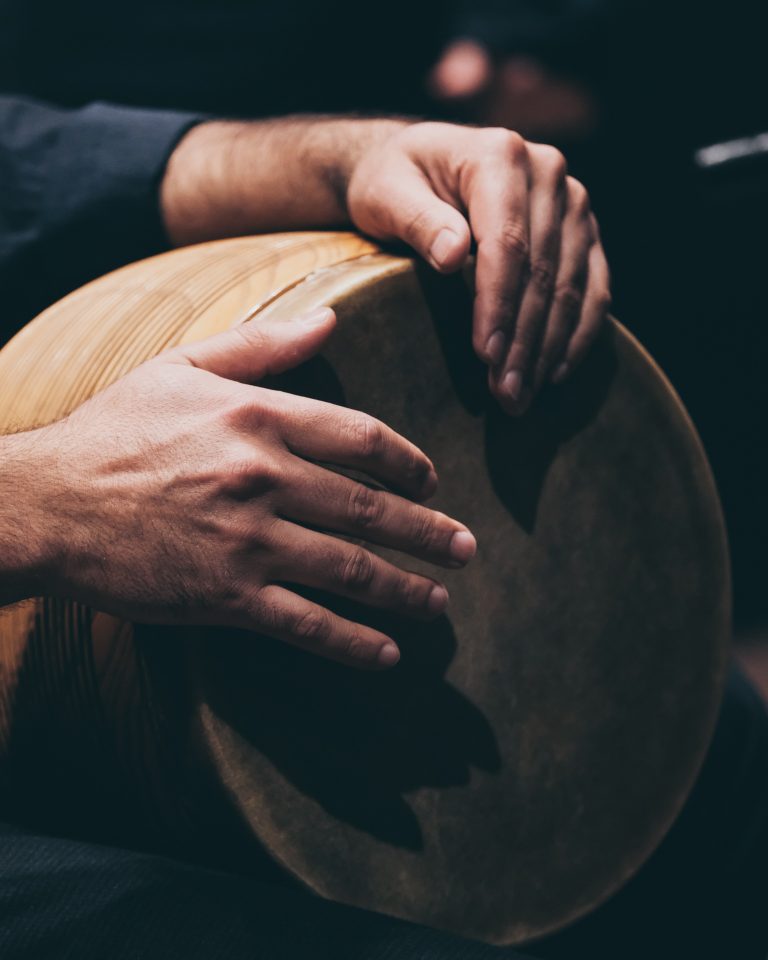
Samba: A Lively Rhythm that Defines Brazil
10 May, 2023Samba is a musical style that emerged in Brazil in the late 19th century. With its lively rhythms, syncopated beats, and melodic harmonies, samba quickly became an integral part of the country’s cultural heritage. If you’re interested in the history of samba, its popularity, its most famous artists, and its impact on Brazilian music and culture, take a break from IviBet and read on to find out.
The Roots of Samba
The origins of this genre are traced back to the African slaves brought to Brazil in the 16th century. They brought with them their musical traditions and rhythms, which they combined with elements of European and indigenous music. This fusion gave birth to a unique style of music that eventually became known as samba.
In the early years, samba was played by groups of musicians, known as blocos, who would parade through the streets during Carnival, the annual festival that takes place in Brazil. The early samba songs dealt with themes of love, nature, and spirituality and were often accompanied by dance.
Samba’s Rise to Popularity
Samba gained popularity in the early 20th century when it was introduced to the wider Brazilian public through the radio. The first samba to be recorded was “Pelo Telefone” in 1917, by the composer Donga, which became a massive hit. This song’s success paved the way for samba to become the dominant style of music in Brazil.
During the 1930s, samba underwent a transformation, becoming more polished and sophisticated. This was due in part to the influence of composers like Ary Barroso and Noel Rosa, who introduced new harmonies and melodies into the music. Samba also became more closely associated with the Brazilian national identity during this period, as musicians began to incorporate elements of Brazilian folklore and history into their songs.
The Popularizers of Samba
Many famous Brazilian artists have contributed to the popularity of samba over the years. One of the most influential was Carmen Miranda, who became famous in the United States during the 1940s for her energetic performances of samba music. Her vibrant costumes and colorful headpieces helped to popularize samba outside of Brazil, making it known throughout the world.
Another important figure in the history of samba was João Gilberto, who in the late 1950s, revolutionized samba with his innovative playing style. Gilberto’s intimate and understated approach to singing and playing the guitar became known as bossa nova, a sub-genre of samba. Bossa nova was characterized by its cool and laid-back vibe, and its emphasis on melody and harmony over rhythm.
Famous Samba Artists
Samba has produced many famous artists over the years, including the legendary Carmen Miranda, who rose to fame in the 1940s with her performances of samba music. Other famous samba artists include Martinho da Vila, who has been active since the 1960s and is known for his samba-enredo, a style of samba that is specifically designed for the Carnival parades. Zeca Pagodinho is another famous samba artist who has been active since the 1980s and is known for his traditional samba sound, which incorporates elements of pagode, a sub-genre of samba.
In addition to the aforementioned artists, there are many other notable samba performers who have left their mark on Brazilian music. One of them is Cartola, who was a pioneer in the development of samba-canção, a more romantic and melodic form of samba. His songs are considered classics of the genre, and his influence can be heard in the music of many modern samba artists.
Another important figure in the history of samba is Clara Nunes, who became known as the “Queen of Samba” in the 1970s. She was known for her powerful voice and her ability to blend traditional samba with elements of other genres, such as jazz and soul. Her music was often political, addressing issues of race and inequality in Brazilian society.
Beth Carvalho, who passed away in 2019, was another influential samba artist. She helped to popularize the sub-genre of pagode in the 1980s, which is characterized by its use of percussion and the incorporation of elements of African and Cuban music. Carvalho’s music was also known for its social commentary and its celebration of Brazil’s Afro-Brazilian heritage.
More recently, artists like Seu Jorge and Maria Rita have continued to push the boundaries of samba. Seu Jorge, known for his soulful voice and his use of acoustic guitar, has been hailed as a modern-day troubadour, blending traditional samba with elements of rock and pop music. Maria Rita, the daughter of the legendary samba singer Elis Regina, has also made a name for herself with her powerful vocals and her ability to blend different styles of music.
Follow Sounds and Colours: Facebook / Twitter / Instagram / Mixcloud / Soundcloud / Bandcamp
Subscribe to the Sounds and Colours Newsletter for regular updates, news and competitions bringing the best of Latin American culture direct to your Inbox.

